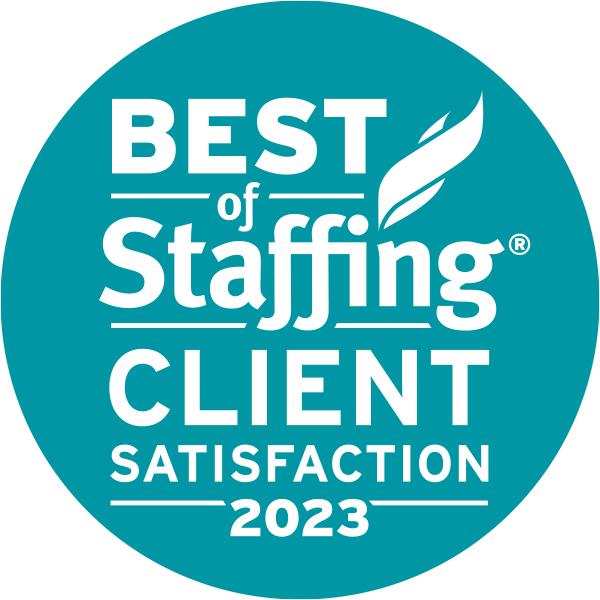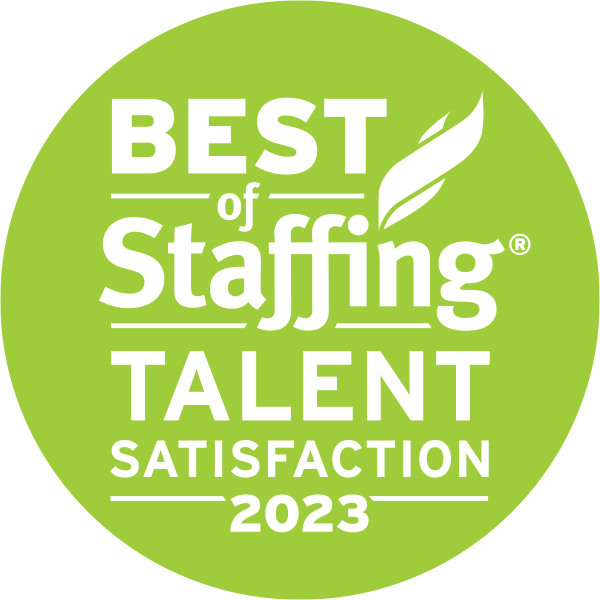Robert Coombs isn’t your run-of-the-mill job seeker.
With more than a decade’s worth of experience at the C-level or higher, leading both nonprofits and private businesses, his experience doesn’t just jump off the page–it demands to be placed on the top of the stack.
Which is why you might find it odd that after applying to nearly 540 jobs, Coombs did not receive a single request for interview, let alone a job offer.
What happened?
Those familiar with Coombs story in Fast Company–or his paralleled Tedx Talk–already know the surprise twist to this story: Coombs invented a robot to apply to these five-hundred-some-odd jobs.
But, regardless of that underlying fact, there’s an important lesson here for hiring managers.
Coombs created a robot to apply to as many jobs as it did because he felt the current online recruiting system was failing him. And, indeed, with a resume like his I think we can all agree, at the very least, that online recruiting has plenty of room for improvement.
Online recruitment is difficult
Online recruitment is supposed to make hiring easier. But, when it’s failing job seekers, especially those like Coombs, then it’s hurting businesses as well.
It’s part of the reason why two-thirds of companies say they’re having a difficult time hiring, and why that number continues to grow year-over-year in SHRM’s annual survey.
And yet, online recruiting is one of the top ways in which businesses conduct talent searches in-house.
It’s time to rethink hiring
It goes without saying that talent is the single most valuable resource an organization has. Which is why hiring the right people is mission critical for success.
Many understand this and think to themselves, “if you want something done right, you’ve got to do it yourself.” But, there are plenty of reasons why we shouldn’t apply this old logic to navigating today’s ultra-competitive talent markets.
Let’s briefly look at three reason here.
In-house recruitment takes a long time
Unless you’re trying to fill a newly created position, every hiring manager has a shot clock ticking in the back of their head. The longer it takes to make a hire, the more days a potentially important position is left vacant and the more likely that vacancy will affect productivity and revenue.
But how many days could it take to make a hire?
Considering you’ll need to post your job online, make your way through a pile of resumes (hoping your ATS didn’t filter out qualified candidates like Coombs), conduct phone screenings, multiple rounds of interviews, background and references checks and so forth, some experts put the time it takes to get a candidate into a seat on their first day at 12 weeks.
In-house recruitment is expensive
When you think of making a new hire, the first thing on your mind will most likely be salary, so you’ll want to look up recent salary ranges and market demand using available resources.
But the costs behind making a hire go far beyond yearly pay.
When you factor in the cost of posting your job online, the time and resources it requires from your recruiting team and the lost productivity due to the vacancy, recent research puts making a hire at an average cost of $4,129.
But that’s just the average cost of a single hire. Other studies put the total cost of employee turnover for an average SMB (about 150 employees) at more than $1.5 million/year. Needless to say, that $4,129 figure above could significantly fluctuate in either direction.
In-house recruitment is rarely convenient
For even the best in-house recruiters, there are a number of scenarios where hiring can be a real inconveniences and cause significant disruption within the department.
This usually happens when a team must hire for a position that they’ve never hired before–something outside of their wheelhouse–or when a higher-level employee must be replaced.
The former obstacle is easy to explain. After all, if you’ve never hired a Creative Director before, how could you possibly expect your first talent search to be as seamless as a position you recruit for more often–such as sales.
The latter obstacle is more of a systemic problem than an experience one. According to SHRM, about 66 percent of companies do not have any sort of succession plan. This makes it nearly impossible to promote from within when some of your most valuable employees leave your organization. Further, it makes finding a replacement more difficult and therefore tends to increase your hiring costs.
The easiest way to hire top talent today
When it comes down to it, no in-house recruiting team can match the speed, efficiency and resources of a staffing agency like Onward Search.
Whether you’re looking for freelance talent or to make a full-time hire, our team of experts leverage industry-leading technology, a well established database of qualified professionals and decades of experience to deliver candidates that match your technical and cultural needs.
Learn more about how Onward can help make hiring easier for you by contacting us today.







